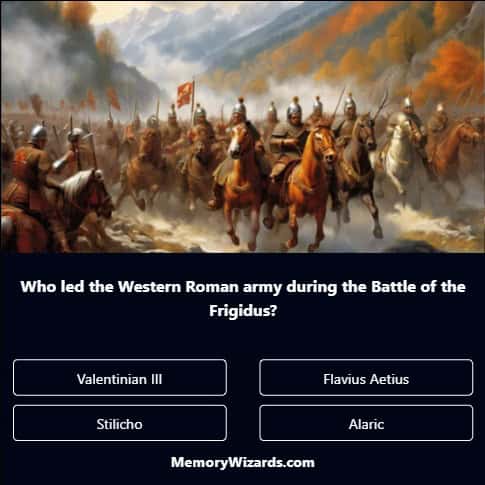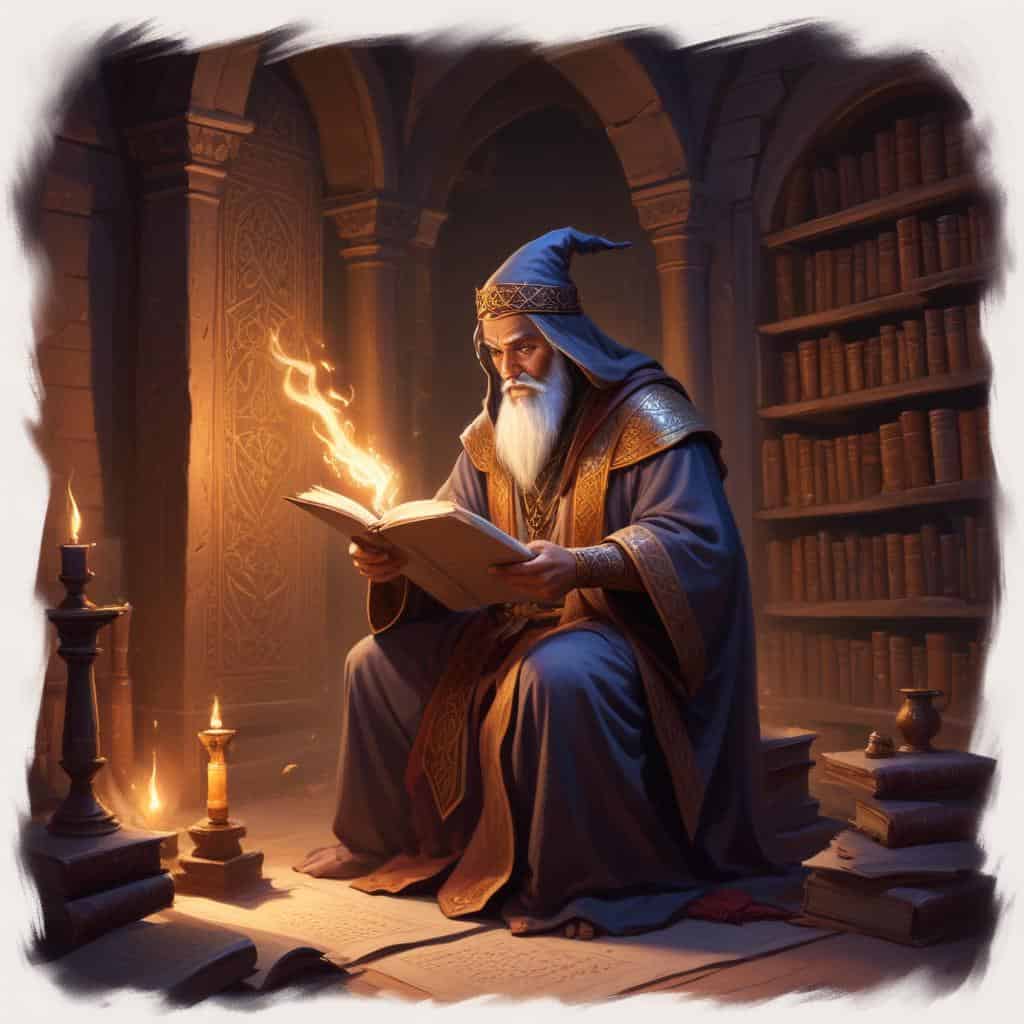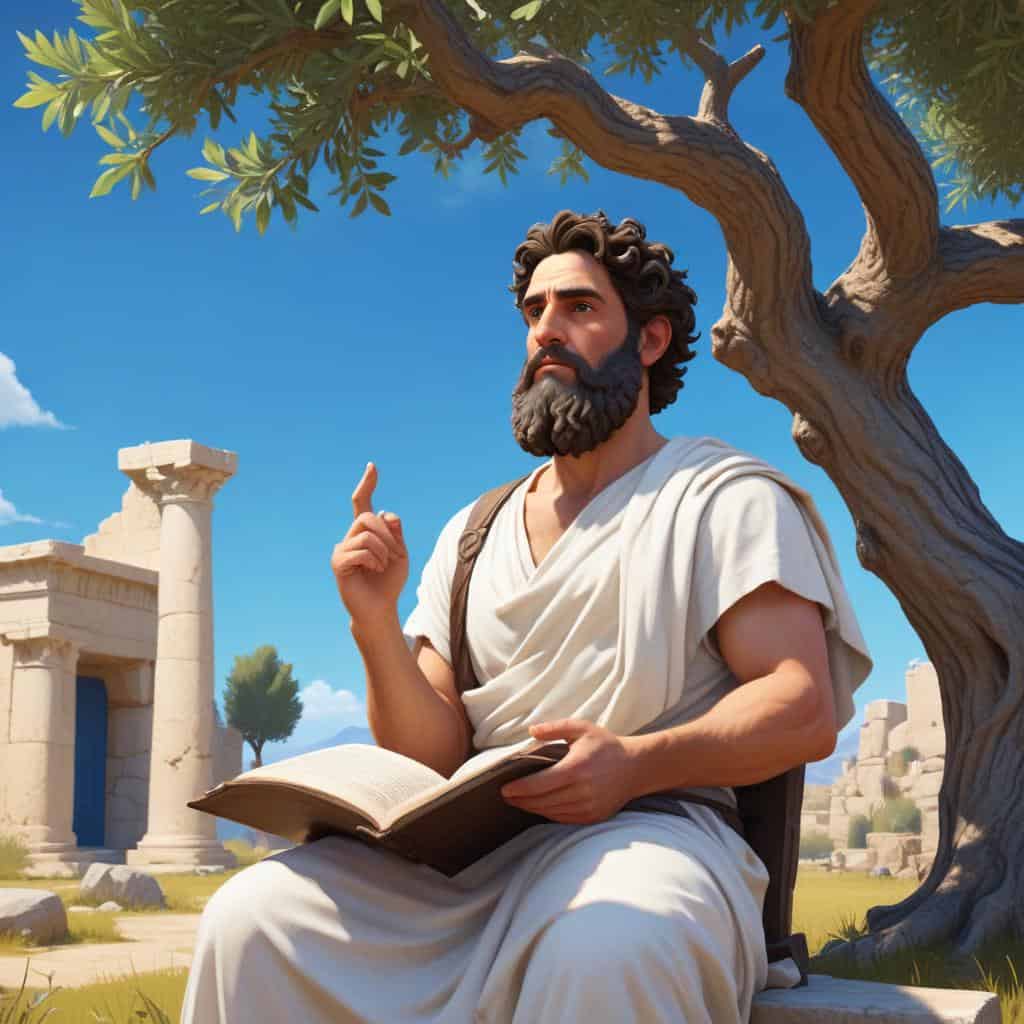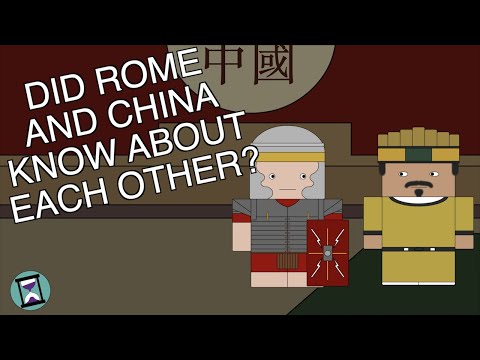The Late Roman Empire, from 284 AD to 476 AD, was a period of significant change and turmoil. It was marked by political instability and economic decline. The empire faced threats from external enemies and internal conflicts. This era also saw the rise of Christianity as a dominant religion. The Late Roman Empire eventually fell in 476 AD, marking the end of ancient Rome's dominance in the Mediterranean world.
Summary List
- The Late Roman Empire lasted from 284 AD to 476 AD.
- Emperor Diocletian divided the empire into two parts - the Eastern Roman Empire and the Western Roman Empire.
- The empire faced invasions from barbarian tribes such as the Visigoths, Vandals, and Huns.
- In 476 AD, the last Roman emperor in the West, Romulus Augustulus, was overthrown by the Germanic chieftain Odoacer.
- The fall of the Western Roman Empire marked the end of ancient Rome and the beginning of the Middle Ages in Europe.
Games and Apps
Learning Modules
Daily Life 3rd century Rome
Step back in time to 3rd century Rome and experience the daily life of its citizens. From bustling markets to opulent villas, immerse yourself in the vibrant culture and traditions of this ancient civilization. Witness the struggles and triumphs of everyday Romans as they navigate the challenges of life in a bustling empire.
I Want To Learn This!Edict of Milan (313 AD)
The Edict of Milan, issued in 313 AD by Roman Emperors Constantine the Great and Licinius, granted religious tolerance to all citizens of the Roman Empire, ending the persecution of Christians. This landmark decree paved the way for the spread of Christianity and marked a significant turning point in Roman history.
I Want To Learn This!Battle of Adrianople (378 AD)
The Battle of Adrianople in 378 AD was a turning point in Roman history, marking the first major defeat of the Roman army by the Visigoths. The battle resulted in the death of Emperor Valens and the beginning of the decline of the Roman Empire in the east.
I Want To Learn This!Battle of Chalons (451 AD)
The Battle of Chalons in 451 AD was a pivotal clash between the Roman Empire and the invading Huns, led by Attila the Hun. It was a brutal and decisive battle that ultimately halted the advance of the Huns into Western Europe, cementing the legacy of Roman general Flavius Aetius.
I Want To Learn This!Reign of Emperor Constantine the Great (306-337 AD)
Reign of Emperor Constantine the Great marked a pivotal moment in Roman history, as he ushered in a new era by legalizing Christianity and establishing Constantinople as the new imperial capital. His military victories, religious reforms, and political innovations left a lasting impact on the Roman Empire and the world.
I Want To Learn This!Vandal Invasions of North Africa (429-534 AD)
The Vandal Invasions of North Africa (429-534 AD) were a series of military campaigns led by the Vandal tribe, resulting in the conquest of the region and the establishment of the Vandal Kingdom. These invasions had far-reaching consequences for the Roman Empire and the Mediterranean world.
I Want To Learn This!Battle of the Catalaunian Plains (451 AD)
The Battle of the Catalaunian Plains in 451 AD was a pivotal clash between the Roman Empire and the Huns led by Attila the Hun. It was a brutal and bloody conflict that shaped the course of European history, with both sides suffering heavy casualties in a battle that would go down in history as one of the most significant of the time.
I Want To Learn This!Theodosian Code (438 AD)
The Theodosian Code, compiled in 438 AD under the reign of Emperor Theodosius II, was a comprehensive collection of Roman laws and edicts aimed at regulating every aspect of life in the empire. This influential legal document shaped the legal system of the Byzantine Empire for centuries to come.
I Want To Learn This!Battle of the Frigidus (394 AD)
The Battle of the Frigidus in 394 AD was a decisive clash between the Roman Emperor Theodosius I and the rebel usurper Eugenius. Fought in the Julian Alps, it marked the end of paganism in the Roman Empire and solidified Christianity as the dominant religion. The battle forever changed the course of Roman history.
I Want To Learn This!Reign of Emperor Honorius (395-423 AD)
Reign of Emperor Honorius (395-423 AD) was a tumultuous time in Roman history, marked by political instability, invasions by barbarian tribes, and the eventual fall of the Western Roman Empire. Honorius faced constant challenges to his rule, leading to a decline in the empire's power and influence.
I Want To Learn This!Battle of the Milvian Bridge (312 AD)
The Battle of the Milvian Bridge in 312 AD was a pivotal moment in Roman history. Emperor Constantine faced his rival Maxentius in a fierce battle that ultimately led to Constantine's victory and his conversion to Christianity. This battle forever changed the course of the Roman Empire.
I Want To Learn This!Hunnic Invasions of the Roman Empire (4th-5th century AD)
The Hunnic Invasions of the Roman Empire in the 4th and 5th centuries AD were a series of devastating attacks by the fearsome nomadic warriors led by Attila the Hun. These invasions played a significant role in the decline of the Western Roman Empire, shaping the course of European history.
I Want To Learn This!Roman-Persian Wars (3rd-7th century AD)
The Roman-Persian Wars were a series of conflicts between the Byzantine Empire and the Sassanian Persian Empire from the 3rd to 7th centuries AD. These long and bloody battles shaped the political landscape of the ancient world, with both empires vying for control of the lucrative trade routes and territories in the region.
I Want To Learn This!Reign of Emperor Valentinian III (425-455 AD)
Reign of Emperor Valentinian III was a tumultuous period in Roman history, marked by political intrigue, military conflicts, and the decline of the Western Roman Empire. Valentinian III faced numerous challenges during his reign, including invasions by barbarian tribes and power struggles within his own court.
I Want To Learn This!Reign of Emperor Theodosius I (379-395 AD)
Reign of Emperor Theodosius I marked a pivotal moment in Roman history, as he became the last emperor to rule over both the eastern and western halves of the empire. Known for his strict enforcement of Nicene Christianity and the defeat of paganism, Theodosius left a lasting impact on Roman religion and politics.
I Want To Learn This!Battle of the River Utus (447 AD)
In 447 AD, the Battle of the River Utus took place between the Eastern Roman Empire and the Huns. This fierce conflict was a pivotal moment in the struggle for power and territory in the region. With strategic maneuvers and intense fighting, both sides fought fiercely for dominance in this historic battle.
I Want To Learn This!Reign of Emperor Romulus Augustulus (31 October 475 – 4 September 476 AD)
Reign of Emperor Romulus Augustulus was marked by political turmoil and instability in the declining Roman Empire. As the last Roman emperor before the fall of the Western Roman Empire, his short reign symbolized the end of an era and the beginning of a new chapter in European history.
I Want To Learn This!The Sack of Rome (410 AD)
The Sack of Rome in 410 AD marked a turning point in history as the Visigoths, led by Alaric, pillaged the once mighty city. This event shocked the Roman Empire and symbolized the decline of its power and prestige. Explore the turmoil and aftermath of this significant event in ancient history.
I Want To Learn This!Fall of the Western Roman Empire (476 AD)
The Fall of the Western Roman Empire in 476 AD marked the end of an era, as the once-mighty empire crumbled under the weight of political corruption, economic decline, and barbarian invasions. This pivotal moment in history reshaped the landscape of Europe and set the stage for the Middle Ages.
I Want To Learn This!
Learning Resources
Related Products
*This page contains affiliate links. If you purchase a product through one of them, I will receive a commission (at no additional cost to you). I only ever endorse products that I feel are truly helpful to you in your honourable quest to learn and grow.
Related Videos
Quiz Answers








































